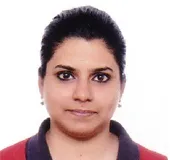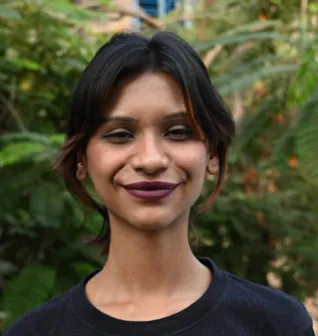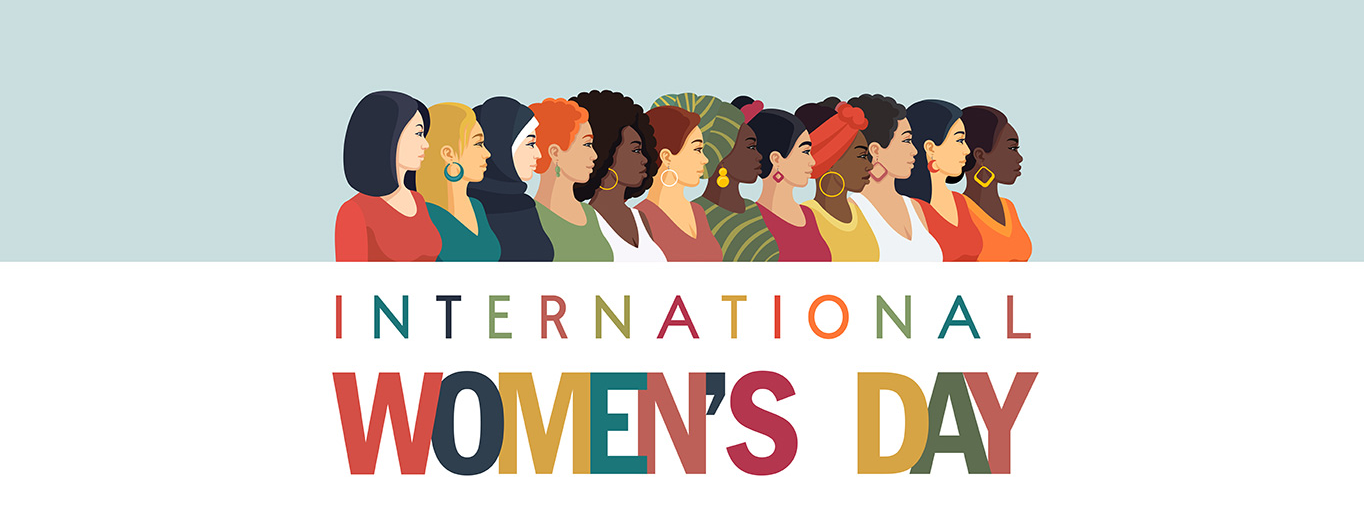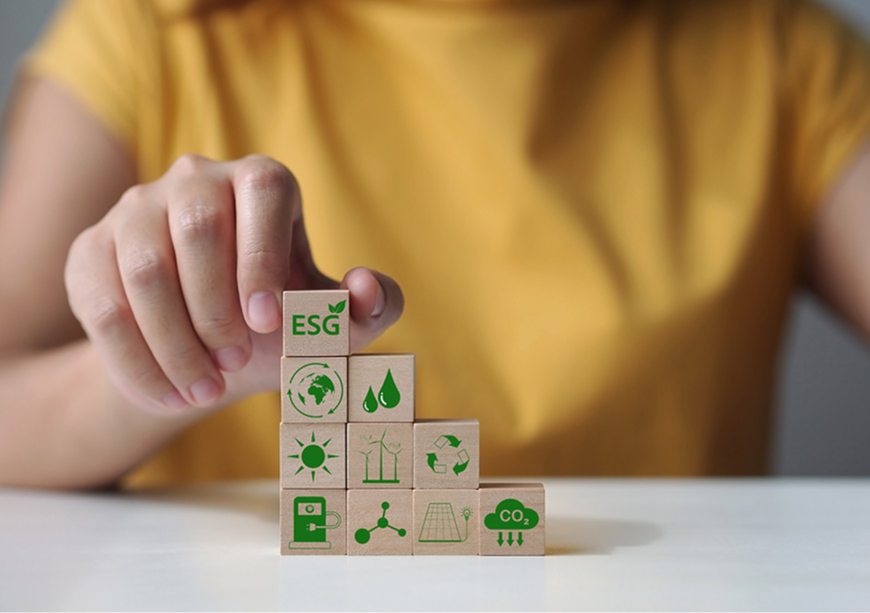
This article is part of the series — International Women's Day
With the dramatic increase from US$2.5 trillion to a staggering US$4 trillion in the SDGs financing need, mainstreaming gender in smart climate finance is the need of the hour. Although discussions on climate finance have gathered steam in the past few decades, the inclusion of a gender lens in climate conversation is fairly recent. While lacking a fixed definition, gender-smart climate finance seeks to integrate a gender perspective into climate-related financial investments, policies, and programmes. Here, climate initiatives seek to acknowledge the differential impacts of climate change on women and men, leverage women’s unique skills/experiences, promote gender equality and launch a transformational change to empower them in the long run. By considering gender-specific vulnerabilities and enhancing women's resilience, this approach maximises the effectiveness and sustainability of climate action.
While lacking a fixed definition, gender-smart climate finance seeks to integrate a gender perspective into climate-related financial investments, policies, and programmes.
A hotspot of climate-induced disasters and also growing gender disparities, the Indo-Pacific is marred by multiple challenges. As per the International Labour Organisation (ILO), women spend four times more hours on unpaid care work than men—which are highest globally—out of which only 43.6 percent of them are employed compared to 73.4 percent of men in this region. These gender disparities curtail women's involvement in climate finance and subsequently hinder their efforts to tackle climate change. These are also underscored by the region exhibiting limited representation of women in decision-making in environmental ministries, with only 7 percent of such ministries led by female ministers, compared to the global average of 12 percent.
Climate change as a ‘threat multiplier’ intensifies these existing socio-economic inequalities for women and indigenous communities. This is because of the high dependency on natural resources for their livelihoods which, is further burdened with the primary task of ensuring food security with their involvement in activities like agriculture and fishing, both in paid and unpaid capacities. These are further challenged during periods of droughts and unpredictable rainfall, impacting their ability to sustain continued contributions in these sectors. Between 2010 and 2021, natural disasters in the Indo-Pacific region resulted in over 225 million displacements, with findings indicating that these disasters disproportionately affected women, resulting in higher mortality rates compared to men. Moreover, displacement due to natural disasters led to heightened rates of gender-based violence, with women in the Indo-Pacific experiencing it at a higher rate than the global average.
Between 2010 and 2021, natural disasters in the Indo-Pacific region resulted in over 225 million displacements, with findings indicating that these disasters disproportionately affected women, resulting in higher mortality rates compared to men.
The current landscape of gender financing in climate action
Given this sombre reality, a meagre 0.01 percent of the worldwide funding supports projects that actually address both climate change and women’s rights. In 2021-2022, there has been an increase in the average annual flow of climate finance of almost US$1.3 trillion, yet it is directed into traditionally male-dominated sectors or falls short of proactively addressing the gender gap.
However, climate initiatives such as the Green Climate Fund (GCF) which is at the forefront of climate finance, does use a gender-sensitive approach in its resource allocation decisions. Along these lines, the United Nations adopted the Sendai Framework which calls for the inclusion of gender-mainstreaming in disaster risk reduction (DRR). These provide a framework on which gender considerations could be mainstreamed in climate finance.
Climate initiatives such as the Green Climate Fund (GCF) which is at the forefront of climate finance, does use a gender-sensitive approach in its resource allocation decisions.
In 2021-2022, 43 per cent of bilateral allocable ODA prioritised gender equality as a policy objective, amounting to US$64.1 billion- a downslide from 45 per cent in the previous year (Figure 1). Out of which, only 4 percent of this funding was dedicated to programs with gender equality as the principal objective, where less than 1 percent (US$563 million) of total bilateral ODA was allocated to address gender-based violence. This allocation raises concerns about the limited focus on gender disparities while addressing climate change. Figure 2 shows the country-wise allocation of climate-related ODA consisting of gender objectives.
Figure 1: Allocable ODA with gender equality as policy objective (2011-2020)
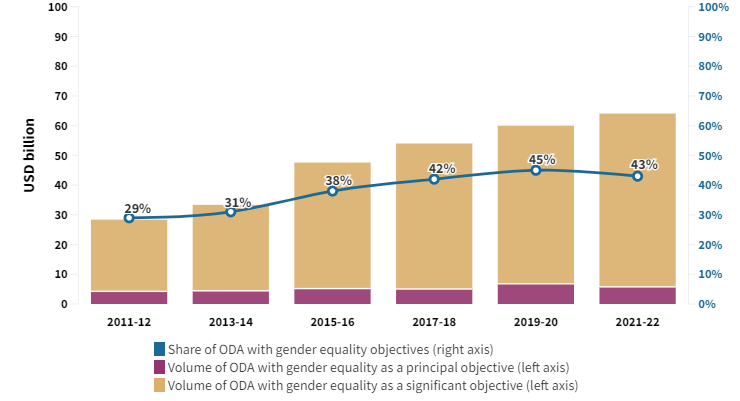
Source: OECD, 2022
Figure 2: OECD donors’ share integrating gender equality in climate-related ODA
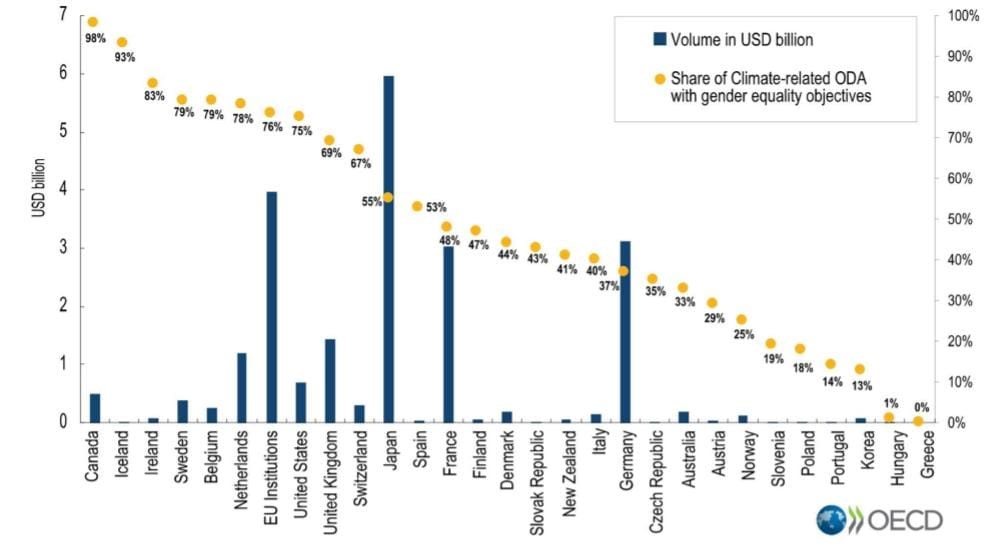
Source: OECD, 2022
The Asian Development Bank (ADB) prioritises gender equality and women's participation in climate projects across the Indo-Pacific with 68 percent of Climate Investment Funds (CIF) projects integrates gender considerations. While there are six major gender-mainstreamed CIF projects implemented in the region, the efficacy of these projects is difficult to assess given their nascent beginning.
There also exists an inherent bias in climate finance when it comes to adaptation vis-à-vis mitigation. As per the Adaptation Gap Report 2023, adaptation finance needs of developing countries are up to 18 times higher than current flows of public finance from developed countries. In spite of the 38 percent of adaptation finance being earmarked for gender equality, there is a visible lack of prioritization as a ‘principal objective’.
Also, several actors in the region, such as the United States (US), France, Japan, Australia, United Kingdom (UK), and India have displayed their commitment towards mainstreaming voices of women and advancing gender interventions in climate. For instance, the US has collaborated with the Pacific Islands under the Pacific Energy and Gender Strategic Action Plan (PEGSAP). It seeks to provide US$1.5 million to promote women's leadership in clean energy. This also includes pilot projects for women-owned renewable energy businesses and STEM scholarships for women and girls across 22 Pacific Island Countries and Territories. Further, the Indo-Pacific Triangular Cooperation (IPTDC) Fund led by India and France is a significant step under Horizon 2047 Roadmap. This Fund seeks to target climate and with an SDG focus, thus priotising SDG 5. India’s involvement with Germany under the triangular modality of development cooperation is also important. Promoting agri-business amongst Malawi women is a pertinent project under this initiative.
India’s involvement with Germany under the triangular modality of development cooperation is also important.
Similarly, the Australian Government Grant for Gender Equality and Climate Change in the Indo-Pacific Region, where climate finance targets climate adaptation and mitigation with a gendered lens. As part of its Indo-Pacific Strategy, the UK initiated Work in Freedom (WIF) programme to protect migrant women workers from human trafficking and Climate Resilience Partnership Programme (CRPP) to build the resilience of women and promote their leadership through women’s grassroots organisations. The revised charter of Japan’s ODA focusses on gender mainstreaming at every stage of its development cooperation, including sectoral areas of climate, food security, education, etc.
Inclusivity and quality financing in the Indo-Pacific
For the Indo-Pacific, it is imperative to have an inclusive lens, which is context specific to address the gender-climate intersectionality. While the Indo-Pacific region hosts 84 percent of all registered Clean Development Mechanism (CDM) projects under the Kyoto Protocol of the United Nations Convention on Climate Change, only a handful of countries effectively utilise them. China and India are the largest recipients of climate finance worldwide, however, the most vulnerable countries in the region like the Pacific Island Countries (PICs), receive minimal funding. Further, many Clean Development Mechanism projects are found to neglect small-scale initiatives that involve and benefit women.
China and India are the largest recipients of climate finance worldwide, however, the most vulnerable countries in the region like the Pacific Island Countries (PICs), receive minimal funding.
Addressing climate challenges in the Indo-Pacific region necessitates US$1.1 trillion annually, while closing gender gaps could inject US$3.2 trillion into the regional economy. Therefore, integrating climate financing with a gendered approach offers a strategic means to tackle both climate issues and promote socio-economic growth, aligning with sustainable development goals and representing a paradigm of smart climate financing.
In fact, there exists both a ‘massive need and huge opportunity’ for deepening investment in gender-smart climate finance. For climate financing to be truly ‘smart’, it is necessary to incorporate a gendered lens, as excluding gender considerations from climate action could increase the risk of failure in effectively addressing the broader sustainability challenges.
A people-centric approach, recognising the actual needs at the grassroots of local communities and women is crucial. However, challenges persist due to the lack of gender-disaggregated data and the absence of private sector involvement, where currently only 4 percent of global private assets are directed towards developing economies. Therefore, it is imperative to adopt a gender-transformative approach and promote effective collaboration between state and non-state agencies. For the Indo-Pacific, several opportunities exist that can possibly help in unlocking the real potential of climate finance to build a more equitable and resilient future for all.
Swati Prabhu is an Associate Fellow with the Centre for New Economic Diplomacy (CNED) at the Observer Research Foundation
Sharon Sarah Thawaney is the Executive Assistant to the Director at the Observer Research Foundation
The views expressed above belong to the author(s). ORF research and analyses now available on Telegram! Click here to access our curated content — blogs, longforms and interviews.






 PREV
PREV
